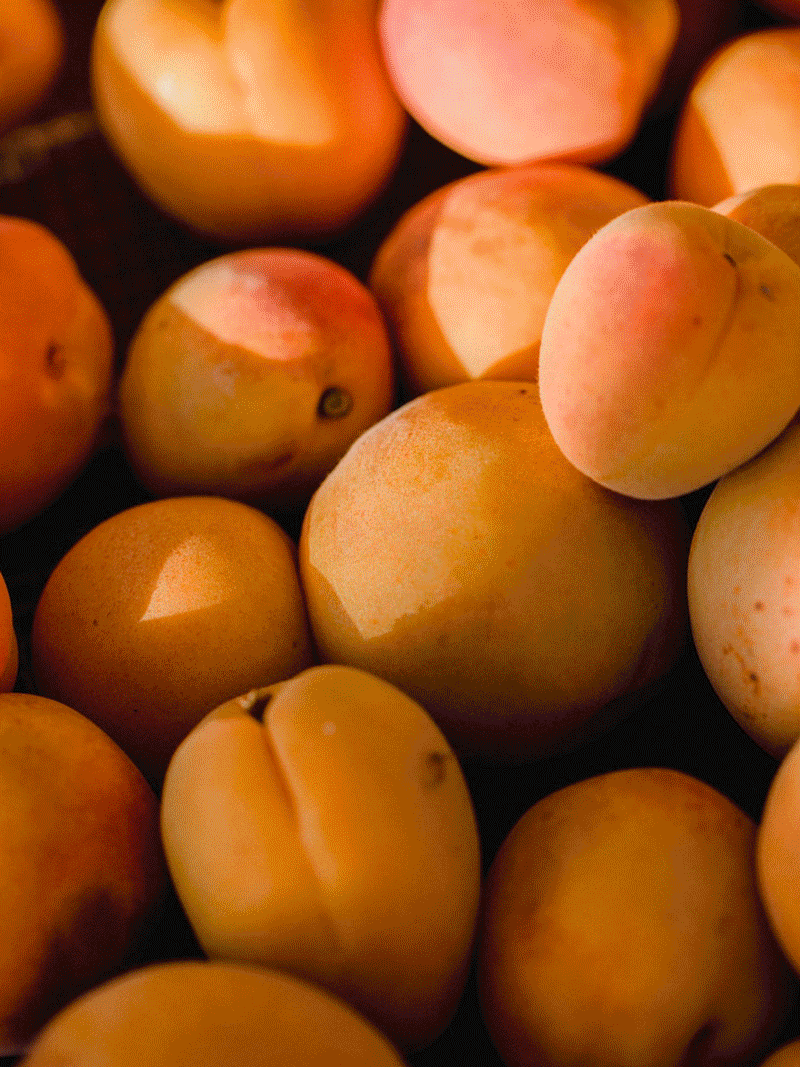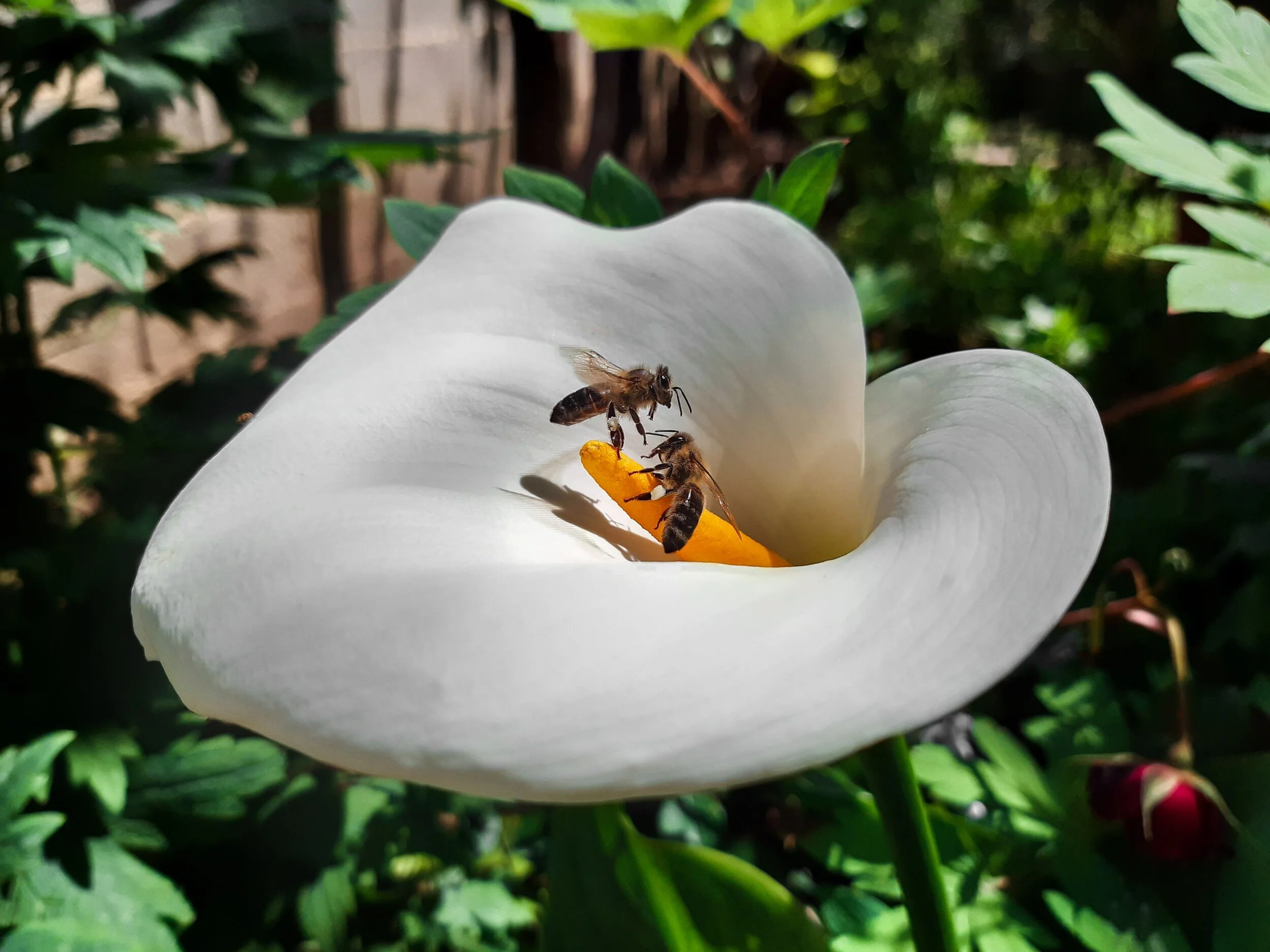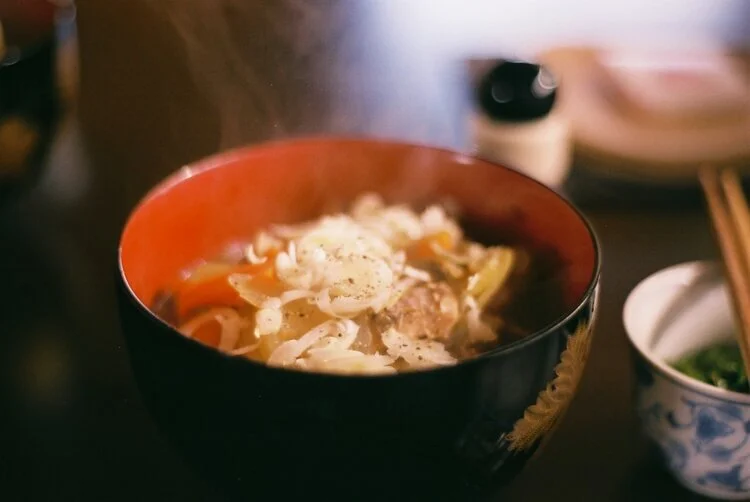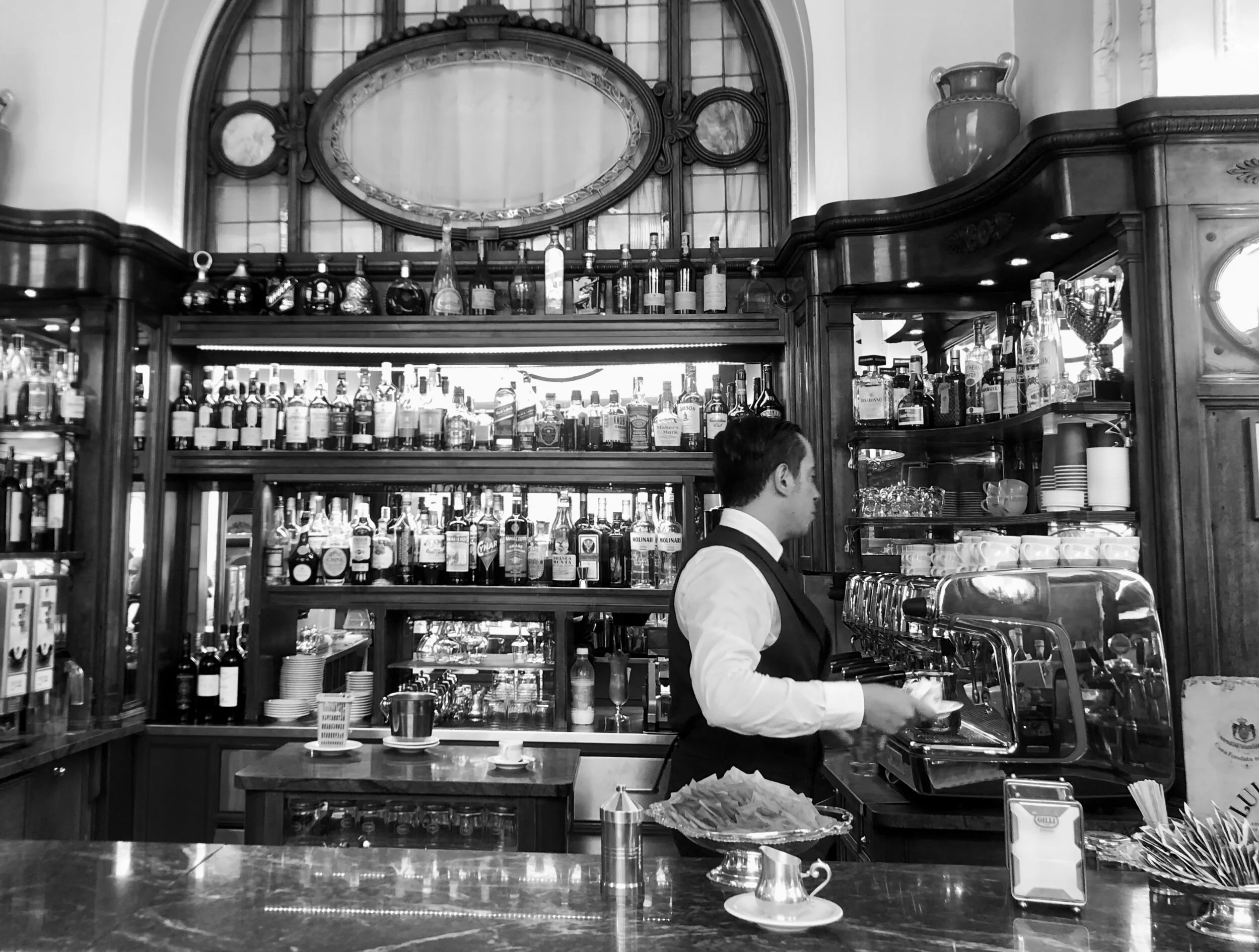
Once we begin to safely come together again, joining friends and family in travel, around tables, in parks, you may feel inclined to raise a glass and cheers to each other.
When it comes to having a drink around the world, you’ll find a variety of different rituals and traditions, before the first sip. Not a drinker? These communal cheers heard globally are often rooted in words of encouragement and well wishes that are transferable across situations and can be said when enjoying non-alcoholic drinks—just be careful, clinking glasses with water (or an empty glass) is viewed as bad luck across many cultures.
When traveling or living abroad, it is especially important to be aware of and practice these local rituals as a sign of respect. These rituals are so ingrained that more often than not, they come as second nature to most people. In Japan, for example, care goes into the ritual of giving and receiving and the same goes for beverages. You may find yourself in different social situations—some more relaxed, others more formal—in either scenario, it’s ultimately about being together. Here are a few things to keep in mind:
You should always wait for the entire group to get their drinks before beginning to drink your own. It also means that no one pours their own drink, so find the closest neighbor and pour one out for them and then wait for the favor to be returned. In more formal settings, when you are raising the glass to cheers, a subtle way to show respect to those more senior is by slightly lowering your glass below theirs. Finally, a common way to say cheers in Japanese is with an enthusiastic kanpai! (乾杯 or かんぱい), also transliterated as kampai, which translates to "empty the cup", roughly equivalent to someone saying "bottoms up."
Fancy a cup of tea instead? Sado (茶道 - literally meaning the way of tea) or chanoyu (茶の湯), is an ancient ceremonial tradition and the Japanese art of preparing and drinking tea. The whole process is a ritual itself, a moment of calm enjoyed in the presence of others and outside of the fast pace of everyday life.
Here are some other ways to say cheers around the world whenever you prepare for your next journey:
Spanish: Salud [sah-lood] – “health”
French: Santé [sahn-tay] – “to your health”
Portuguese: Saúde [saw-OO-jeh] – “health”
Swedish (and all Scandinavian languages): Skål [skawl] – “cheers”
Italian: Cin cin [chin-chin] OR Salute [sah-looh-teh] – “health”
Irish: Sláinte [slawn-che] – “health”
Turkish: Şerefe [sair-uh-fay] – “honor”
Russian: за здоровье [za zdаrovie] – “to health”
German: Prost [pro-st] – “cheers”
Korean: 건배 [geonbae] – “empty glass”
Kanpai!
This article is part of the Rituals edit of DIMMI DIGEST. September marks the beginning and the end of so many things—the end of summer, the beginning of a new school year; the time when lush green spaces slowly turn golden yellow and orangey-brown to match the crisp weather. Through repetition, rituals connect us to family and ancestors, giving us the opportunity to look at the world through a familiar yet vintage lens, allowing us to plant our feet knowing that the layers of our history below us are there to support and guide us. Whether a ritual is centuries old (like the rituals in this story) or a new tradition, they’re a meaningful way to connect to those around you, in circles both big and small.








































